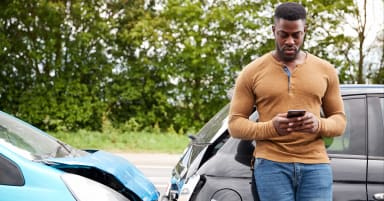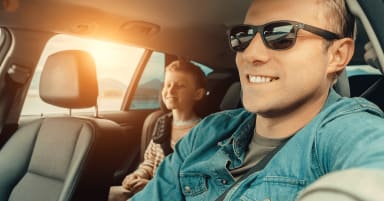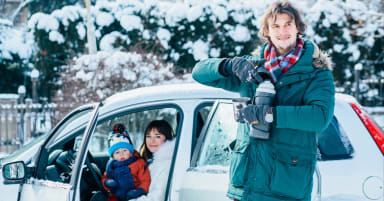Colliding with a deer isn’t just a rural driver’s concern — it’s a growing issue affecting millions of drivers annually. Over two million deer-vehicle collisions happen each year in the U.S., causing $10 billion in damage, 59,000 injuries and 440 fatalities. These accidents peak during autumn evenings, especially in November, when deer activity is highest.
Stay alert during dusk and dawn when visibility is low to reduce risks. Brake safely without swerving. After hitting a deer, document the scene and understand your insurance coverage to help manage the aftermath.











